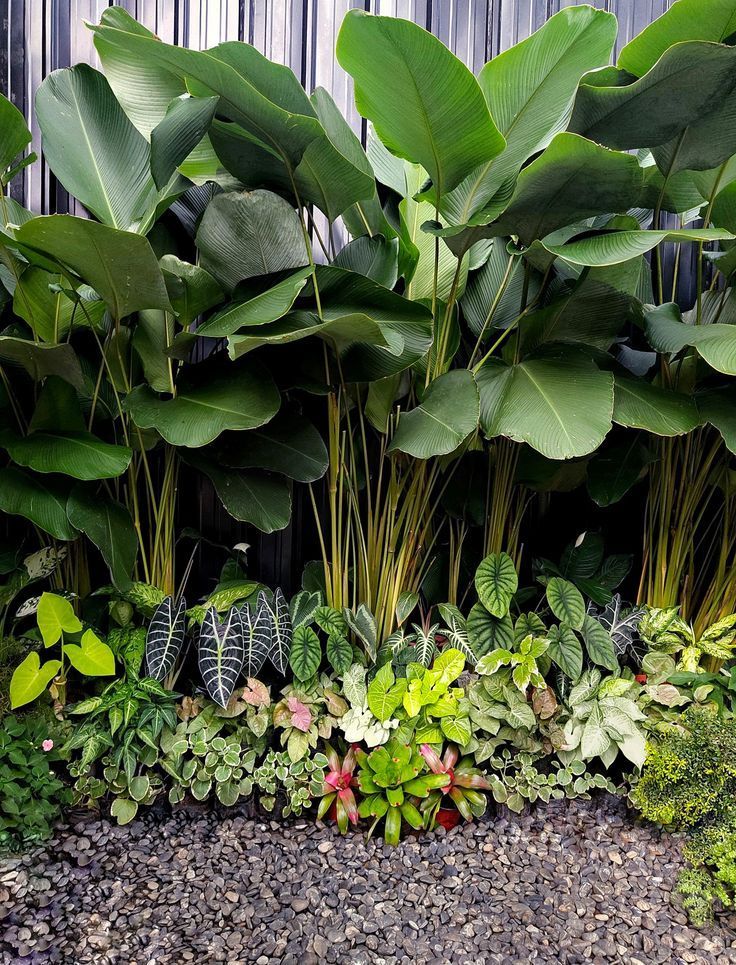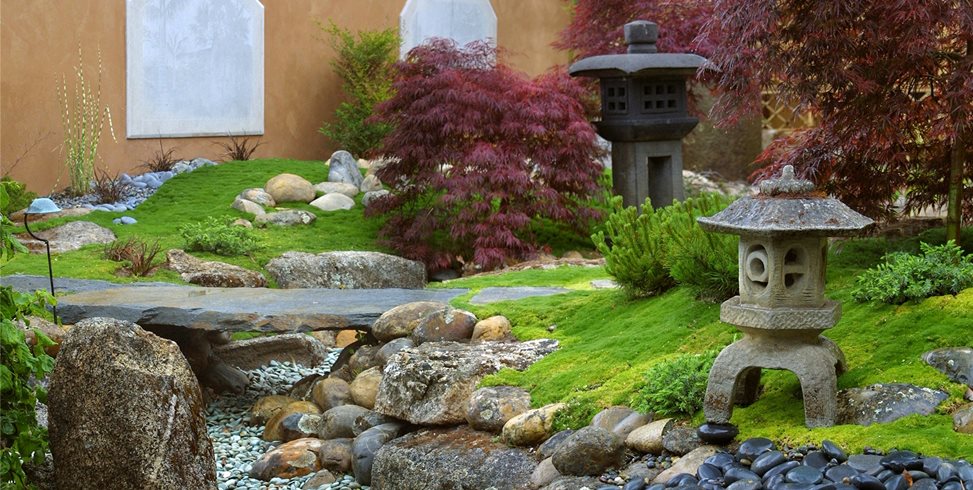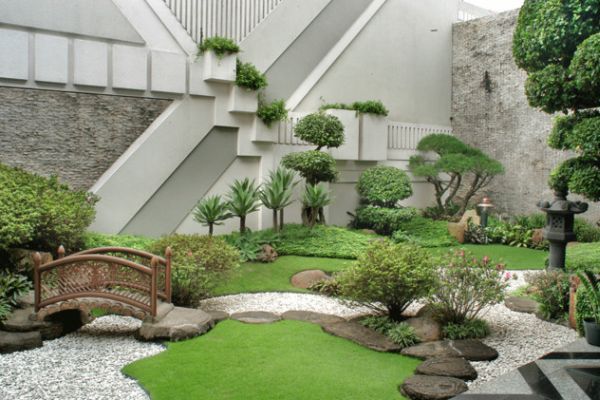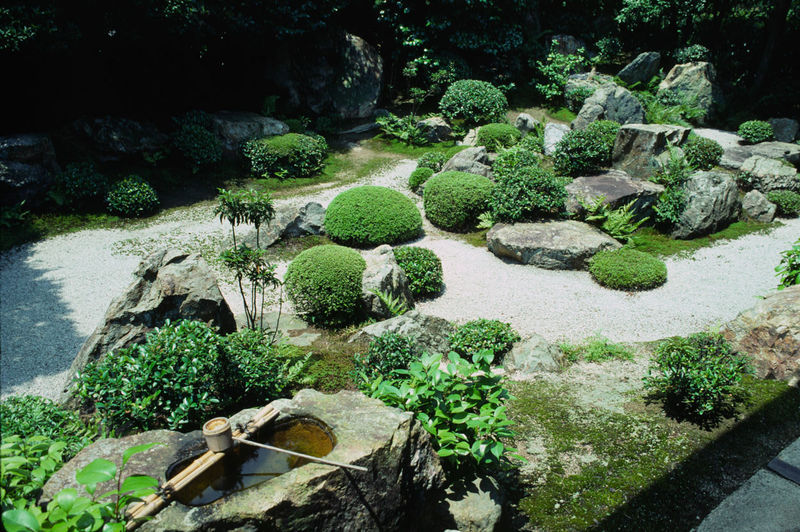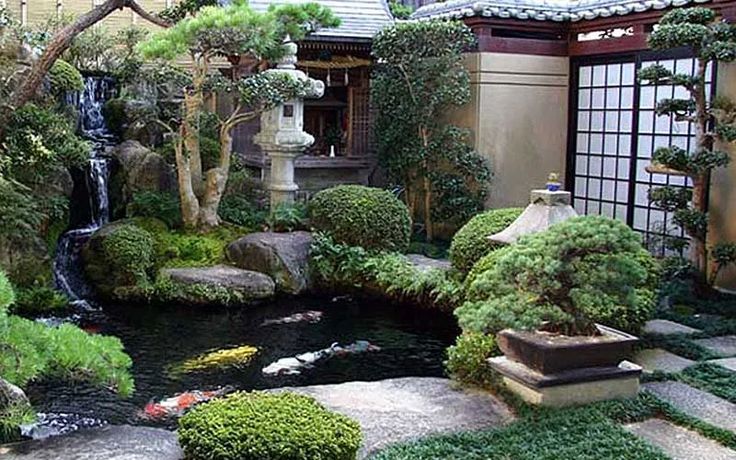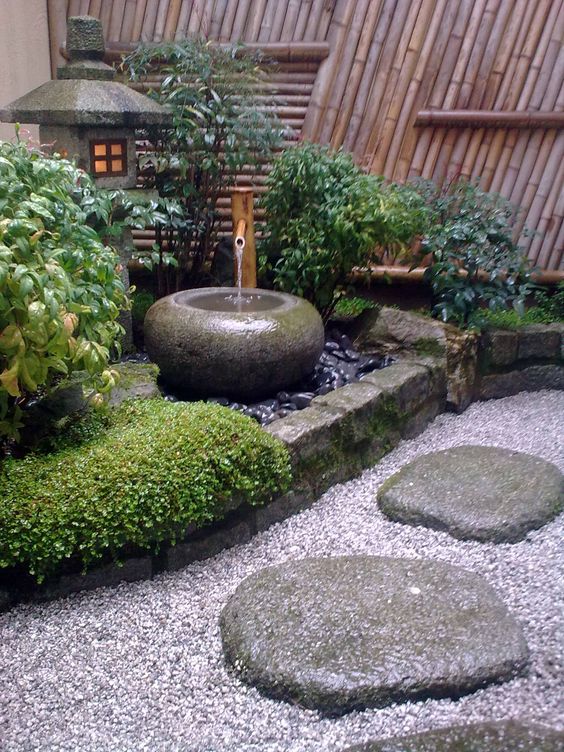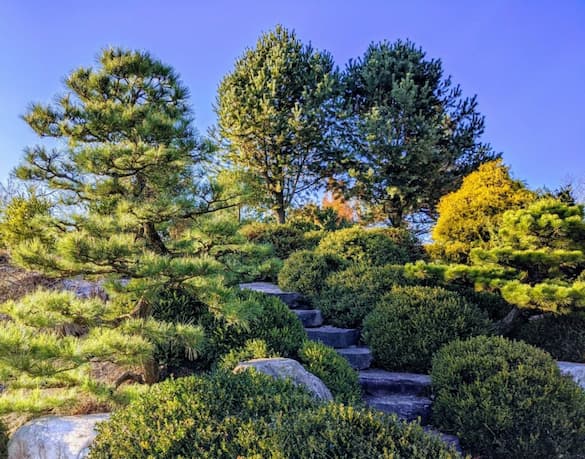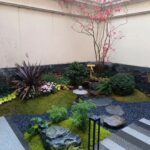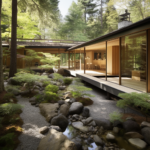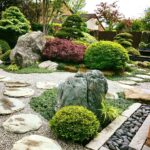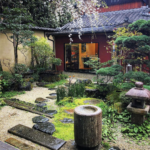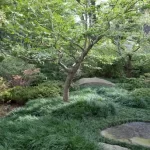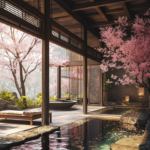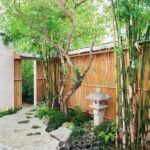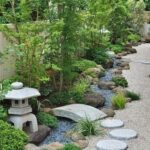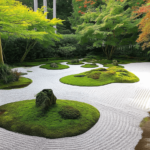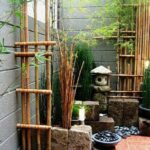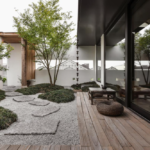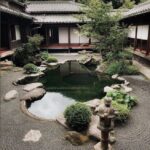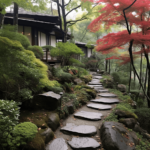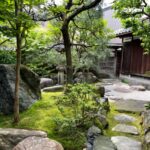Backyard design in Japan is a unique and innovative approach to creating an outdoor space that is both functional and aesthetically pleasing. Japanese gardens are known for their serene and harmonious design, incorporating elements such as water, rocks, plants, and pathways to create a peaceful retreat from the hustle and bustle of everyday life.
One key aspect of Japanese backyard design is the careful selection and arrangement of plants. Japanese gardens often feature a variety of plant species, including evergreens, mosses, and flowering shrubs, arranged in a way that emphasizes balance and harmony. Trees are often pruned and shaped to create a sense of order and structure within the garden.
Another important element of Japanese backyard design is the use of water features. Ponds, streams, and waterfalls are commonly found in Japanese gardens, creating a sense of tranquility and providing a soothing backdrop for relaxation. Water features are often incorporated to mimic natural settings, with carefully placed rocks and plants creating a sense of a miniature landscape.
In addition to plants and water features, Japanese backyard design also focuses on the use of pathways and stepping stones to create a sense of movement and flow within the garden. Paths are often made from natural materials such as gravel or pebbles, lined with plants or rocks to create a sense of structure and guide visitors through the space.
One of the key principles of Japanese backyard design is the concept of “wabi-sabi,” which values imperfection and impermanence. This philosophy is reflected in the design of Japanese gardens, which often feature elements of weathering and decay to create a sense of authenticity and character.
Overall, Japanese backyard design is a thoughtful and deliberate approach to creating a harmonious outdoor space that promotes relaxation and contemplation. By carefully selecting and arranging plants, water features, and pathways, Japanese gardens provide a peaceful retreat from the chaos of modern life, inviting visitors to slow down and appreciate the beauty of the natural world.
 innstyled backyard design ideas
innstyled backyard design ideas
